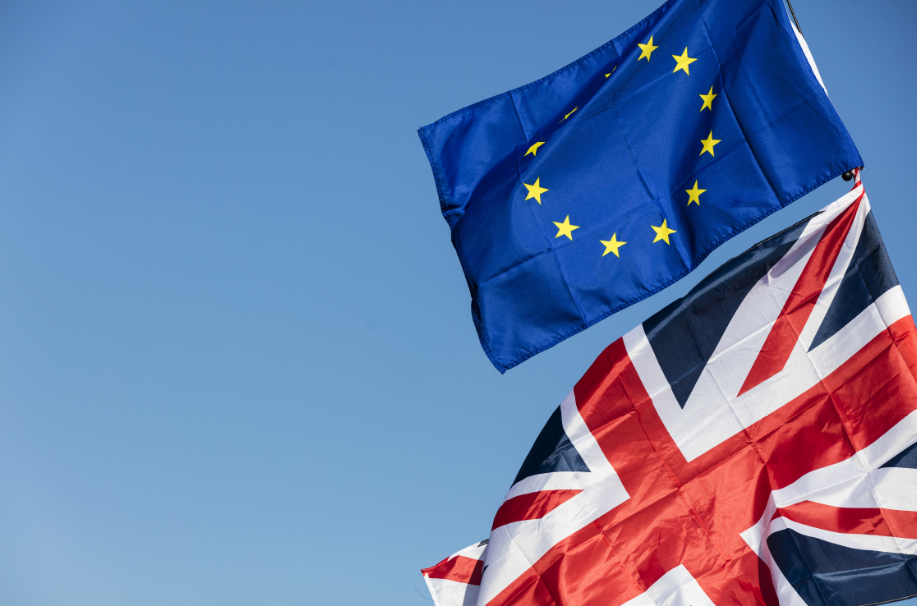
The UK and EU secured a free trade agreement (FTA) on Christmas Eve (almost 10 months from the start of the talks) which will maintain tariff-free trade once the current transition period finishes on Thursday night (31 December 2020, 11pm GMT).
Although the protracted negotiations didn’t reach a conclusion on key areas such as financial services, the deal marks the end of a turbulent period in UK-EU relations.
Here the IOE&IT’s team of experts summarise some of the key details we’ve picked out from the deal so far.
1. No tariffs
Agreeing a tariff- and quota-free trade deal had been the primary objective of the negotiations.
The FTA achieves this goal, allowing traders to move goods between the UK and EU without paying duties, so long as they comply with ‘Rules of Origin’ included in the deal.
2. Rules of Origin
Rules of Origin determine the economic nationality of a good and are often a key component of FTAs signed between countries.
Under the agreement, companies will be able to self-certify the origin of their goods and where the processing takes place will also count towards this.
For example, an electric car made in the UK can be traded tariff-free even if a significant proportion of it was built using components imported from around the world.
3. New customs procedures will apply
New customs and VAT rules will apply for UK and EU trade – including the requirement for companies to complete customs declarations.
However, the FTA includes a protocol for UK-EU cooperation when it comes to combatting VAT, customs and excise
fraud.
The UK can instruct the EU to recover unpaid UK tax from EU companies on its behalf and the EU may make the same request.
4. Independent SPS rules
In a chapter on human, animal and plant life and health, the agreement states that the UK and EU may set and implement their own independent sanitary and phytosanitary (SPS) rules and controls.
This will require companies trading affected goods – agri-food producers and grocery retailers in particular – to attain new certification and comply with border checks.
5. Uncertainty remains for services
While the agreement gives clarity for most goods traders in the UK, it doesn’t shed as much light on the future of UK-EU services trade, particularly financial services.
IOE&IT director general Marco Forgione has called on the government to provide more information in this area, noting the importance of services trade to the UK economy.
“We are seeking clarity on trade in UK services which generate a surplus of £18bn to the UK economy from trade in the EU, compared with a deficit of £97bn from trade in goods,” he said.
The UK’s access to European financial markets was not finalised in the deal, with the UK still seeking ‘equivalence’ status from the EU. The EU has not yet decided whether the UK’s financial regulatory framework and implementation is as rigorous as its own.
The UK and EU have stated that they will codify a framework for regulatory cooperation in a Memorandum of Understanding.
For legal services, the FTA gives UK solicitors and barristers the right to advise clients across the EU on UK and public international law using their own titles and qualifications.
6. UK can set its own standards
The UK can now set its own rules in areas such as environmental standards or labour law.
However, if either the UK or EU strays too far from each other’s standards, there is a “rebalancing mechanism” whereby one party can impose tariffs should it deem that its own businesses are put at an unfair disadvantage by the divergence.
This mechanism will be governed by international law rather than UK or EU law.
7. Independence on state-aid
The UK government can also set its own subsidies for its domestic industries and businesses.
According to the government’s own summary of the agreement: “each Party will have in place its own independent system of subsidy control and that neither Party is bound to follow the rules of the other.”
However, companies in the EU can challenge government state-aid in the UK’s courts and UK companies can do the same in the EU.
According to the FT: “Either side would also be able to unilaterally impose tariffs to counter the effect of trade-distorting subsidies, although the other party could then call for accelerated arbitration.”
8. Mutual recognition for AEO
The UK and EU will recognise each other’s AEO (Authorised Economic Operator) schemes, allowing for AEO-approved firms to move goods more easily between the UK and EU.
The principles of the WTO’s Trade Facilitation Agreement (TFA) and the Revised
Kyoto Convention will also apply in the deal, meaning both parties will cooperate on expediting the movement, release and clearance of goods, including those that are in transit.
9. Continuity for hauliers
Road haulage operators moving goods between the UK and EU will continue to do so without new permit requirements.
UK hauliers will be subject to similar standards they already comply with when operating internationally, including restrictions on driver hours, requirement for professional qualifications as well as vehicle weight and dimension limits.
However, British truckers will be limited to a single drop-off and a single pick-up when in Europe – a downgrade on the three pick-ups they could do within EU countries before.
10. Short term visits allowed
Short-term business visits to the EU will be allowed for up to 90 days in any 180-day month period.

